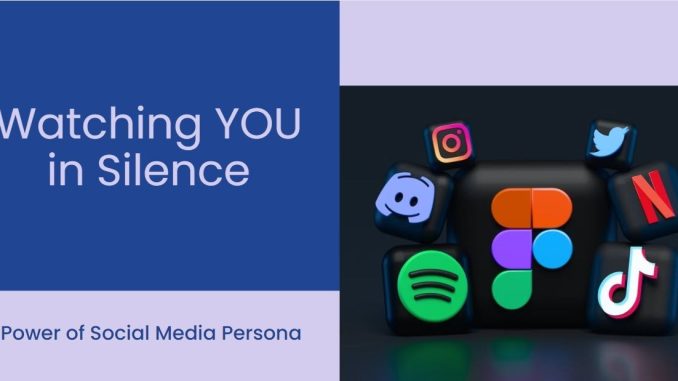
Anticipation is a quiet force in business—often overlooked, yet deeply influential. It’s the ability to look ahead, to sense what’s coming, and to prepare with purpose. While strategy and execution are essential, it’s anticipation that gives them direction. It’s what allows leaders to navigate uncertainty, teams to stay aligned, and brands to remain relevant. In a world that moves quickly and rewards agility, the question isn’t just what’s happening now—it’s what’s next. And those who cultivate the power of anticipation are better equipped to shape the future rather than simply react to it.
At its core, anticipation is about pattern recognition. It’s the skill of observing trends, behaviors, and signals, then connecting the dots before others do. This doesn’t require a crystal ball—it requires curiosity and attentiveness. A business that notices subtle shifts in customer preferences, emerging technologies, or regulatory landscapes can begin to adapt before the change becomes urgent. For example, a retail brand that sees growing interest in sustainability might start rethinking its packaging and supply chain before competitors catch on. That early action isn’t just proactive—it’s strategic. It positions the brand as a leader, not a follower.
Anticipation also plays a critical role in innovation. When companies ask “what if?” and “what’s next?” they open the door to possibility. They move beyond incremental improvement and begin to explore new models, markets, and mindsets. This kind of forward thinking doesn’t always lead to immediate results, but it creates a culture of exploration. A tech company that invests in experimental features or future-facing platforms may not see instant returns, but it builds capacity for evolution. That capacity becomes invaluable when the market shifts or new demands arise. Innovation, in this sense, is not just about creativity—it’s about readiness.
Customer experience is another area where anticipation makes a difference. Businesses that understand their customers deeply can anticipate needs before they’re expressed. This might mean offering support before a problem arises, suggesting products based on behavior, or designing services that feel intuitive. When customers feel understood, they engage more fully. They don’t just buy—they connect. A hospitality brand that anticipates a guest’s preferences and tailors the experience accordingly creates a sense of care and personalization. That emotional resonance builds loyalty and turns transactions into relationships.
Internally, anticipation fosters alignment and resilience. Teams that anticipate challenges—whether in workflow, communication, or resource allocation—can address them before they escalate. This requires open dialogue, shared vision, and a willingness to reflect. Leaders who encourage forward-looking thinking help their teams stay focused and flexible. They don’t just manage—they guide. For instance, a manager who anticipates seasonal workload spikes can plan staffing and support in advance, reducing stress and improving performance. That kind of foresight strengthens culture and reinforces trust.
Anticipation also influences decision-making. When leaders consider not just current data but future implications, they make choices that are more sustainable and strategic. This doesn’t mean overthinking or hesitating—it means thinking ahead. A business evaluating a new partnership might ask not only “What does this offer today?” but “How will this evolve over time?” That question shifts the lens from short-term gain to long-term value. It encourages decisions that support growth, adaptability, and integrity.
Technology has amplified the power of anticipation. With access to real-time data, predictive analytics, and AI-driven insights, businesses can forecast trends and behaviors with greater accuracy. But tools alone aren’t enough. It’s the mindset behind the tools that matters. Anticipation requires interpretation, context, and judgment. It’s not just about seeing what might happen—it’s about understanding why it matters and how to respond. Businesses that combine data with intuition create a more holistic view of the future. They don’t just analyze—they act with insight.
The challenge with anticipation is that it requires balance. Looking too far ahead can lead to distraction or paralysis. But ignoring the future can result in missed opportunities or reactive scrambling. The key is to integrate anticipation into daily practice. This might mean setting aside time for strategic reflection, encouraging speculative thinking, or building scenarios to explore different outcomes. It’s about making anticipation part of the culture, not just the calendar.
Ultimately, the power of anticipation lies in its ability to create momentum. It turns uncertainty into opportunity, complexity into clarity, and potential into progress. It’s not about predicting the future perfectly—it’s about preparing for it thoughtfully. Businesses that embrace this mindset don’t just adapt to change—they help define it. They lead with vision, act with purpose, and build with confidence. And in a world that constantly asks “What’s next?” they’re ready to answer—not with fear, but with foresight.